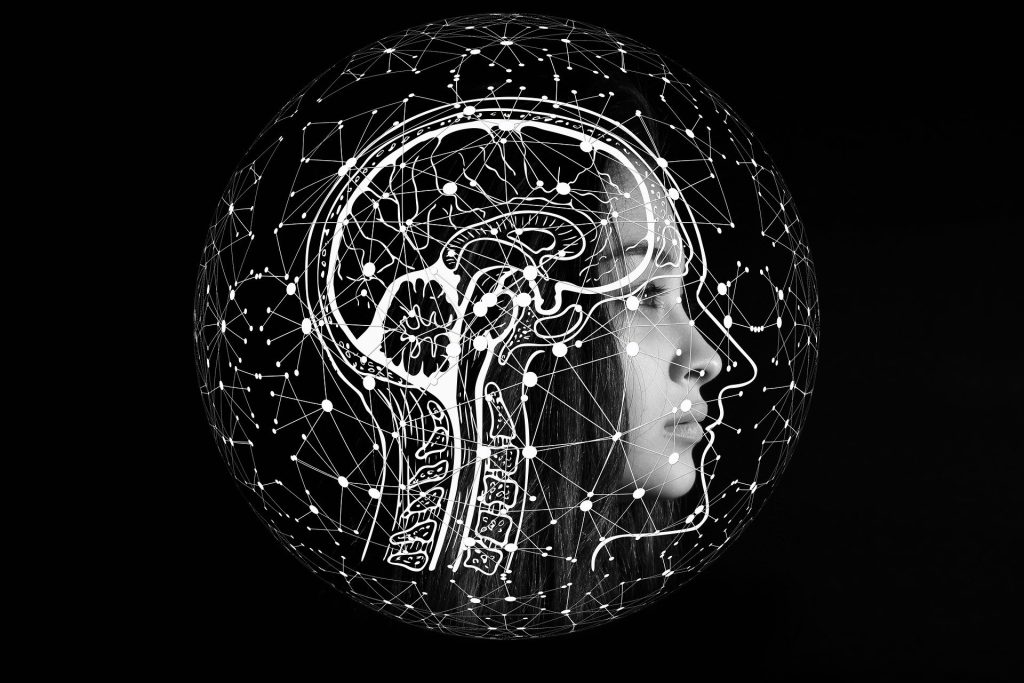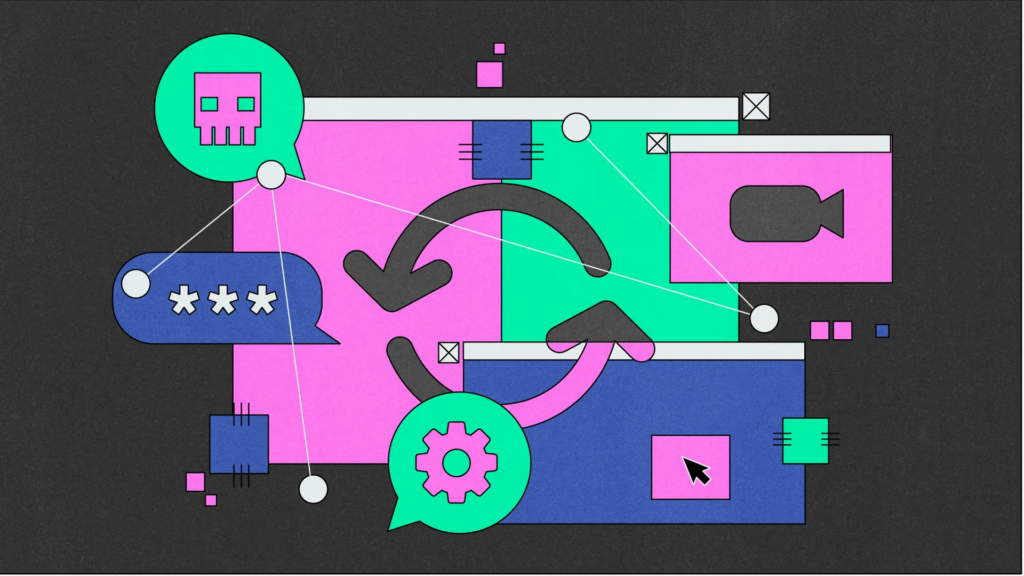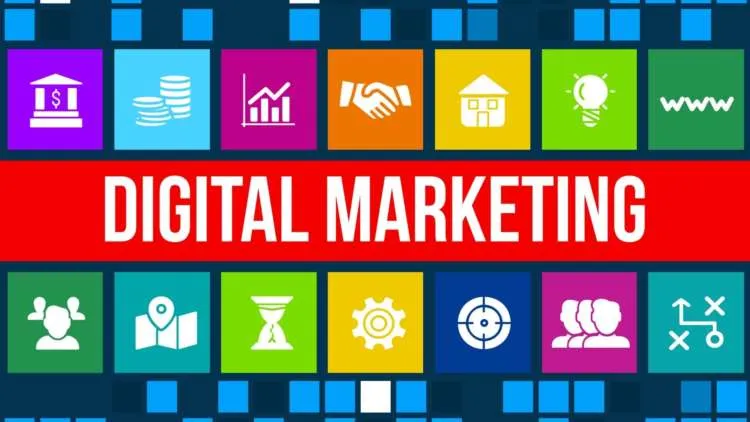These top 10 emerging technologies in computer science are expected to have a significant impact on various industries and change the way we live and work in the future. Each technology has unique potential benefits and challenges, and their applications are still being explored and developed. However, they all have the potential to transform the way we interact with technology and shape the future of computing.
Quantum Computing
Quantum computing is a new computing paradigm that leverages the properties of quantum mechanics to perform computations that are exponentially faster than classical computers. Quantum computers will be capable of solving problems that are currently intractable, leading to breakthroughs in fields such as cryptography, drug discovery, and materials science.
Quantum computing has the potential to revolutionize many fields, including cryptography, drug discovery, and materials science. For example, quantum computers could break many of the encryption methods currently used to secure communications, which could have significant implications for national security and financial systems.
There are several challenges to developing practical quantum computers, including the need for stable and scalable qubits, the difficulty of correcting errors in quantum computations, and the need for specialized hardware and software. However, many researchers and companies are working on developing practical quantum computing systems, and there has been significant progress in recent years.

Artificial Intelligence
Artificial intelligence is one of the top 10 emerging technologies in computer science (AI) is the development of computer systems that can perform tasks that would typically require human intelligence, such as speech recognition, decision-making, and language translation. AI has applications in fields such as healthcare, finance, and education.
Artificial intelligence (AI) is the development of computer systems that can perform tasks that would typically require human intelligence, such as speech recognition, decision-making, and language translation. AI is a broad field that includes several subfields, such as machine learning, natural language processing, and robotics.
AI has applications in many fields, including healthcare, finance, and education. For example, in healthcare, AI can be used to diagnose diseases, develop personalized treatment plans, and analyze medical images. In finance, AI can be used to detect fraud, analyze financial data, and develop investment strategies. In education, AI can be used to personalize learning, analyze student performance, and develop intelligent tutoring systems.
There are several challenges to developing practical AI systems, including the need for large amounts of data, the difficulty of developing algorithms that can learn from data, and the need for ethical considerations around the use of AI. However, AI has already made significant impacts in many industries, and it is expected to continue to have a significant impact on society in the future.
Blockchain
Blockchain is a decentralized, distributed ledger that allows for secure and transparent transactions. Blockchain technology has applications in finance, supply chain management, and voting systems.
Blockchain is a decentralized, distributed ledger that allows for secure and transparent transactions. The technology was first introduced in 2008 as a core component of the cryptocurrency, Bitcoin, but it has since evolved to be used in many other applications beyond cryptocurrencies.
The key characteristic of blockchain is that it is a distributed ledger, meaning that it is not owned or controlled by any single entity. Instead, it is maintained by a network of computers around the world. This makes it difficult for any single party to manipulate the data on the blockchain, providing a high degree of security.
Blockchains can be used for a wide range of applications beyond cryptocurrencies, including supply chain management, voting systems, and identity management. For example, blockchain can be used to track the movement of goods in a supply chain, providing greater transparency and accountability. In voting systems, blockchain can be used to ensure the accuracy and security of the vote counting process. In identity management, blockchain can be used to securely store and verify identity information.
While blockchain technology has many potential benefits, there are also several challenges that need to be addressed, such as scalability, interoperability, and energy consumption. However, as the technology continues to evolve and mature, it is expected to have a significant impact on many industries in the future.
Internet of Things
The Internet of Things (IoT) refers to the network of physical devices, vehicles, buildings, and other objects that are embedded with sensors, software, and network connectivity. IoT has applications in fields such as healthcare, agriculture, and smart cities.
The Internet of Things (IoT) refers to the network of physical devices, vehicles, buildings, and other objects that are embedded with sensors, software, and network connectivity. These devices are able to collect and exchange data, enabling them to interact with each other and with humans in new ways.
IoT has the potential to transform many industries, including healthcare, agriculture, and smart cities. In healthcare, for example, IoT devices can be used to monitor patient health remotely, enabling doctors to detect and respond to health issues more quickly. In agriculture, IoT devices can be used to monitor soil moisture, weather conditions, and plant growth, enabling farmers to optimize crop yields and reduce waste. In smart cities, IoT devices can be used to monitor traffic, control streetlights, and manage waste, making cities more efficient and sustainable.
One of the key challenges of IoT is ensuring security and privacy, as the large number of devices and the data they collect can create vulnerabilities that can be exploited by malicious actors. In addition, interoperability and standardization are also important issues that need to be addressed, as many different types of devices and technologies need to be able to work together seamlessly in order for IoT to reach its full potential.
Despite these challenges, IoT is expected to continue to grow and have a significant impact on many industries in the coming years.
Edge Computing
Edge computing is one of the top 10 emerging technologies in computer science and distributed computing paradigm that brings computation and data storage closer to the location where it is needed. Edge computing has applications in fields such as autonomous vehicles, industrial automation, and smart homes.
Edge computing is a distributed computing paradigm in which data processing and storage are performed closer to the devices that generate the data, rather than in centralized data centers. This is achieved by placing small computing devices or servers, known as edge nodes, closer to the devices that generate the data, such as sensors or mobile devices.
The goal of edge computing is to reduce latency and network congestion, enabling faster data processing and response times. This is particularly important for applications that require real-time or near-real-time processing, such as autonomous vehicles, industrial control systems, and augmented reality.
Edge computing has several benefits over traditional cloud computing, including reduced latency, improved data privacy and security, and lower bandwidth usage. It also enables new use cases and applications that were previously not possible due to network limitations.
However, edge computing also presents several challenges, including the need for reliable and secure edge nodes, the complexity of managing distributed systems, and the need for interoperability and standardization.
Despite these challenges, edge computing is expected to continue to grow in importance as the number of devices generating data continues to increase, and new applications and use cases emerge that require fast and efficient data processing and response times.
Augmented Reality and Virtual Reality
Augmented reality (AR) and virtual reality (VR) are technologies that enhance or create a virtual environment that can be interacted with. AR and VR have applications in fields such as gaming, education, and training.
Augmented Reality (AR) and Virtual Reality (VR) are technologies that enable immersive, interactive experiences in a digital environment.
AR involves overlaying digital information onto the real world, typically using a mobile device or smart glasses. This can include displaying information about products or locations, or adding digital elements to a real-world scene. AR has many applications, including in retail, gaming, and education.
VR involves creating a fully immersive, digital environment that users can interact with using a headset or other device. This can include gaming, training simulations, and virtual travel experiences. VR is also being used in healthcare for pain management, exposure therapy, and training medical professionals.
Both AR and VR have the potential to transform many industries by enabling new types of experiences and interactions. However, there are also challenges that need to be addressed, including the need for high-quality hardware, the development of compelling content, and the need for standardization and interoperability.
As technology continues to improve, AR and VR are expected to become even more immersive and widely adopted, creating new opportunities for businesses and individuals alike.
5G
5G is also one of top 10 emerging technologies in computer science the fifth generation of cellular wireless technology, which provides faster download and upload speeds, lower latency, and more reliable connections. 5G has applications in fields such as autonomous vehicles, telemedicine, and smart homes.
5G, or fifth-generation wireless technology, is the next generation of mobile networks, offering faster download and upload speeds, lower latency, and increased network capacity. 5G networks are designed to support a growing number of connected devices, including IoT devices, and enable new applications and use cases that were previously not possible.
The key benefits of 5G include faster download and upload speeds, which enable quicker streaming and download of large files, such as movies and games. 5G also has lower latency, which means that devices can communicate with each other more quickly and respond in real-time, enabling new use cases such as autonomous vehicles and remote surgeries.
5G is also expected to have a significant impact on industries such as healthcare, manufacturing, and transportation. For example, in healthcare, 5G can be used for remote monitoring and telemedicine, while in manufacturing, 5G can be used for real-time monitoring and predictive maintenance.
However, there are also challenges that need to be addressed with the rollout of 5G, including the need for additional infrastructure, such as cell towers and fiber-optic cables, and concerns about security and privacy.
Despite these challenges, 5G is expected to continue to grow in importance as the number of connected devices and data usage continues to increase, and new applications and use cases emerge that require faster, more reliable, and low-latency connectivity.
Cloud Computing
Cloud computing is one of the main technology in top 10 emerging technologies in computer science refers to the delivery of computing services, such as servers, storage, and applications, over the internet. Cloud computing has applications in fields such as business, healthcare, and education.
Cloud computing refers to the delivery of computing resources, including servers, storage, databases, software, and networking, over the internet. Cloud computing enables organizations to access these resources on-demand and pay only for what they use, rather than having to build and maintain their own physical infrastructure.
There are several types of cloud computing services, including Infrastructure as a Service (IaaS), Platform as a Service (PaaS), and Software as a Service (SaaS). IaaS provides virtualized computing resources, such as servers and storage, that can be used to build and deploy applications. PaaS provides a platform for building, testing, and deploying applications, without the need to manage the underlying infrastructure. SaaS provides software applications that are delivered over the internet, rather than installed on local machines.
Cloud computing has several benefits over traditional on-premise computing, including lower costs, greater scalability, and improved flexibility. It also enables organizations to focus on their core business rather than managing their IT infrastructure.
However, there are also challenges with cloud computing, including concerns about security and privacy, and the need to ensure interoperability and portability across different cloud platforms.
Despite these challenges, cloud computing is expected to continue to grow in importance as more organizations move their IT infrastructure to the cloud, and as new use cases and applications emerge that leverage cloud computing services
Biometrics
Biometrics refers to the measurement and analysis of human physical and behavioral characteristics, such as fingerprints, facial recognition, and voice recognition. Biometrics has applications in fields such as security, healthcare, and finance.
Biometrics is the use of unique biological characteristics to identify individuals. Biometric authentication is becoming increasingly popular in various applications, including mobile devices, access control, and financial transactions.
Biometric technologies include fingerprint recognition, facial recognition, iris recognition, voice recognition, and behavioral biometrics such as keystroke dynamics and gait analysis.
The main advantage of biometrics is that it provides a high level of security, as the biometric identifier cannot be lost or stolen like a password or token. Additionally, biometric authentication is fast and convenient, as users can authenticate themselves simply by presenting their biometric information.
However, there are also concerns around privacy and security with the use of biometrics, as biometric data can be sensitive and could potentially be used for malicious purposes. There are also concerns around the accuracy and reliability of biometric authentication, as some technologies can be affected by environmental factors, such as lighting conditions.
Despite these concerns, biometrics is expected to continue to grow in importance as a means of authentication and identification, especially as the technology improves and becomes more widespread. Biometric technologies are also being used in other applications, such as healthcare and law enforcement, where they can be used to identify and track individuals.
Nanotechnology
Nanotechnology is the study of materials at the nanoscale, which is one billionth of a meter. Nanotechnology has applications in fields such as electronics, energy, and medicine.
Nanotechnology refers to the manipulation of matter on an extremely small scale, typically at the nanometer level (1 nanometer = one billionth of a meter). Nanotechnology has the potential to revolutionize many fields, including medicine, electronics, energy, and materials science.
In medicine, nanotechnology can be used for targeted drug delivery, where drugs are delivered directly to diseased cells or tissues, reducing side effects and improving efficacy. Nanoparticles can also be used for imaging and diagnosis, and as sensors for detecting biomolecules.
In electronics, nanotechnology can be used to develop smaller and more efficient devices, such as nanoscale transistors and memory devices. Nanotechnology is also being used in the development of flexible electronics, which can be used in applications such as wearable devices and foldable displays.
In materials science, nanotechnology can be used to create new materials with unique properties, such as high strength, flexibility, and thermal conductivity. Nanoparticles can also be used to improve the performance of existing materials, such as coatings that make surfaces self-cleaning or anti-reflective.
Despite the potential benefits of nanotechnology, there are also concerns around the safety and environmental impact of nanoparticles, which can be difficult to remove from the environment and may have unintended effects on human health.
nanotechnology is a rapidly growing field with the potential to revolutionize many industries, but it is important to carefully consider the potential risks and benefits of its applications





